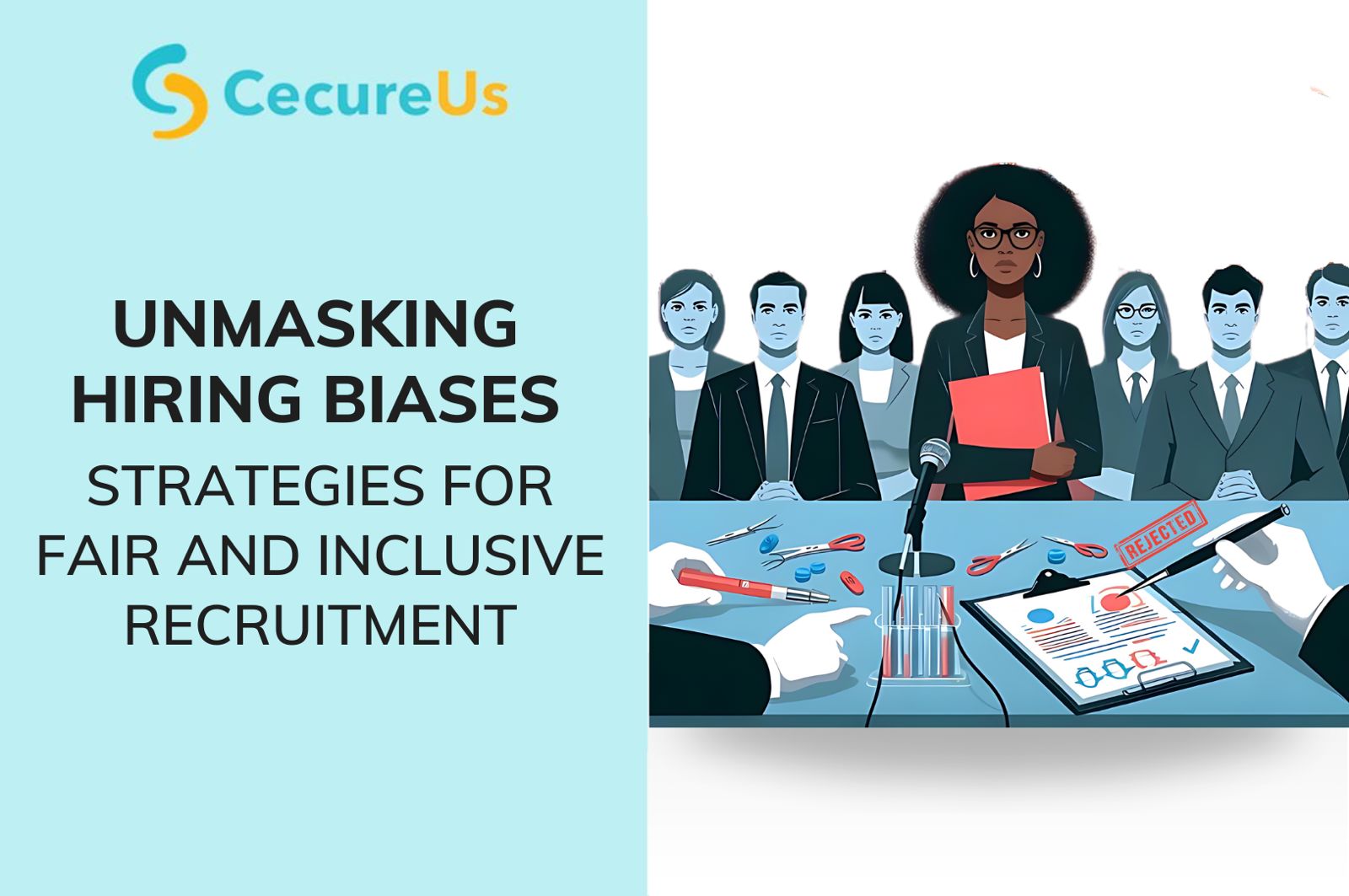
03 Oct Unmasking Hiring Biases: Strategies for Fair and Inclusive Recruitment
Introduction
In today’s competitive job market, organizations are striving to attract the best talent, yet many still fall prey to unconscious biases that can hinder their recruitment efforts. Hiring biases—those subtle, often unintentional prejudices—can skew decision-making processes and lead to a less diverse and inclusive workplace. These biases, ranging from affinity bias to confirmation bias, not only impact the fairness of the hiring process but also affect the overall success and innovation potential of a company.
Let us explore the various types of hiring biases that can influence recruitment decisions and provide actionable strategies to overcome them. By unmasking these biases and implementing fair, data-driven practices, companies can build a more inclusive workforce that truly reflects the diversity of our society.
Statistics on Bullying and Body Shaming in India
Hiring bias refers to the subconscious preferences and prejudices that can influence recruitment decisions, often leading to unfair treatment of candidates based on factors unrelated to job performance, such as gender, race, age, or background. Bias in hiring can limit diversity and hinder an organization’s growth.
Are all your recruitment teams aware of inclusive hiring practices?
Are your interviewing managers trained to overcome unconscious biases?
Types of Hiring Biases
Let’s look at some common hiring biases:
- Gender Bias: India ranks 129th out of 146 countries in gender parity, with only 32.7% female workforce participation compared to 76.8% for males in 2023.
- Caste Bias: Candidates with upper-caste surnames are twice as likely to be called for interviews than those with lower-caste surnames, despite similar qualifications.
- Regional Bias: Azim Premji University found that candidates from different regions in India face bias based on their accents during job interviews.
- Religious Bias: Muslim candidates in India receive fewer callbacks compared to other religious backgrounds.
- Biases related to appearance, skin colour, sexual orientation, and disabilities also persist in hiring processes.
Overcoming Hiring Biases
Here are some strategies to overcome these biases and promote inclusive hiring:
- Craft Inclusive Job Descriptions
Use clear, gender-neutral language in job descriptions, focusing on essential skills and highlighting your commitment to diversity. - Widen Your Talent Pool
Expand your recruitment efforts by partnering with diverse communities and using inclusive job boards. - Implement Unbiased Screening Processes
Adopt blind recruitment techniques by removing personal details from resumes and use structured interviews with standardized questions. - Train Hiring Teams on DEI
Provide DEI training for hiring teams to help them recognize and mitigate unconscious biases. - Set and Track DEI Goals
Establish clear diversity objectives and measure your progress with metrics like diversity ratios and retention rates.
Conclusion: The Importance of a Supportive Workplace
In the journey toward building a more diverse and inclusive workplace, recognizing and addressing hiring biases is a crucial step. By understanding the various forms these biases can take and implementing strategies to mitigate them, organizations can ensure a fairer, more equitable recruitment process.

